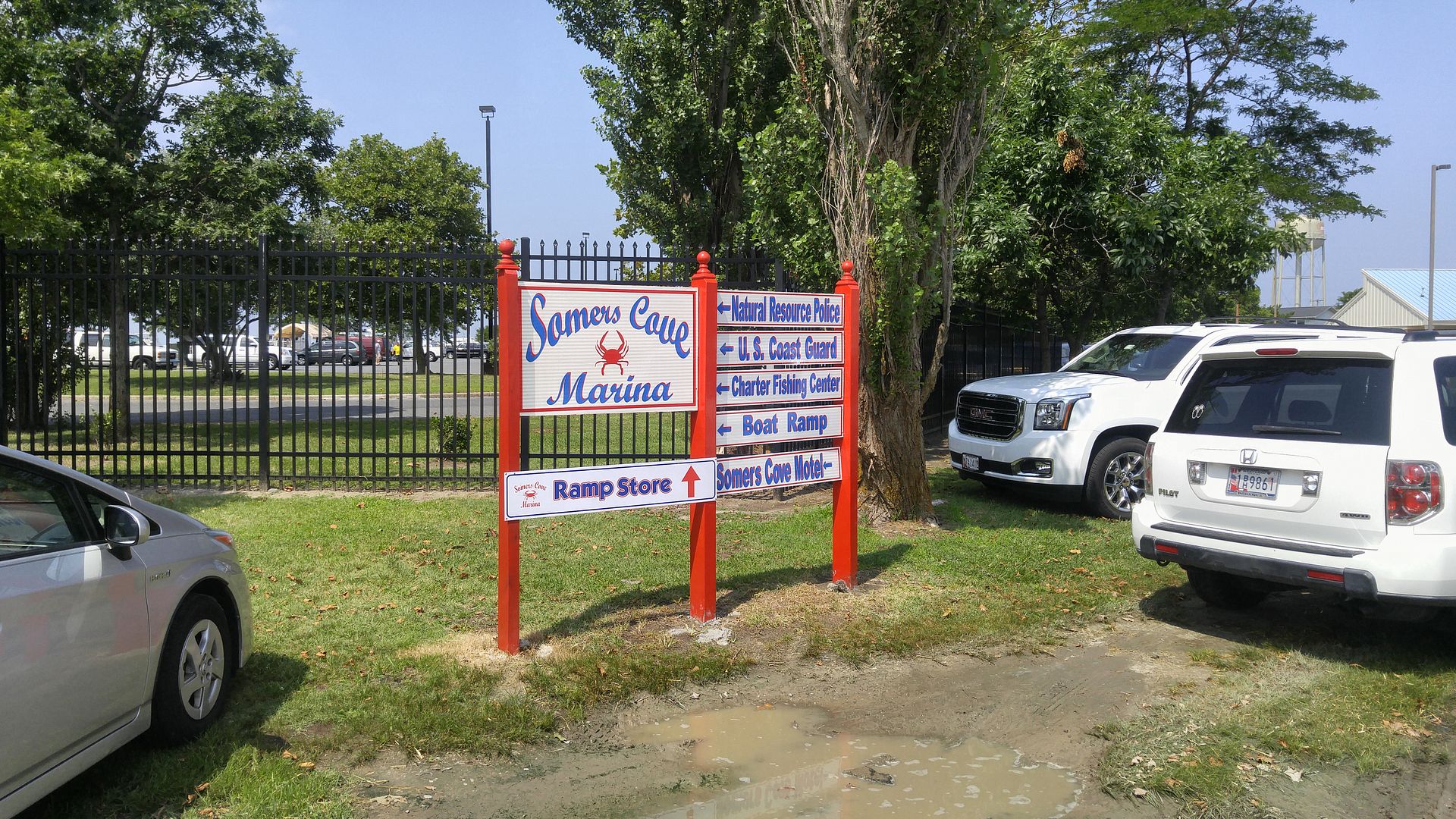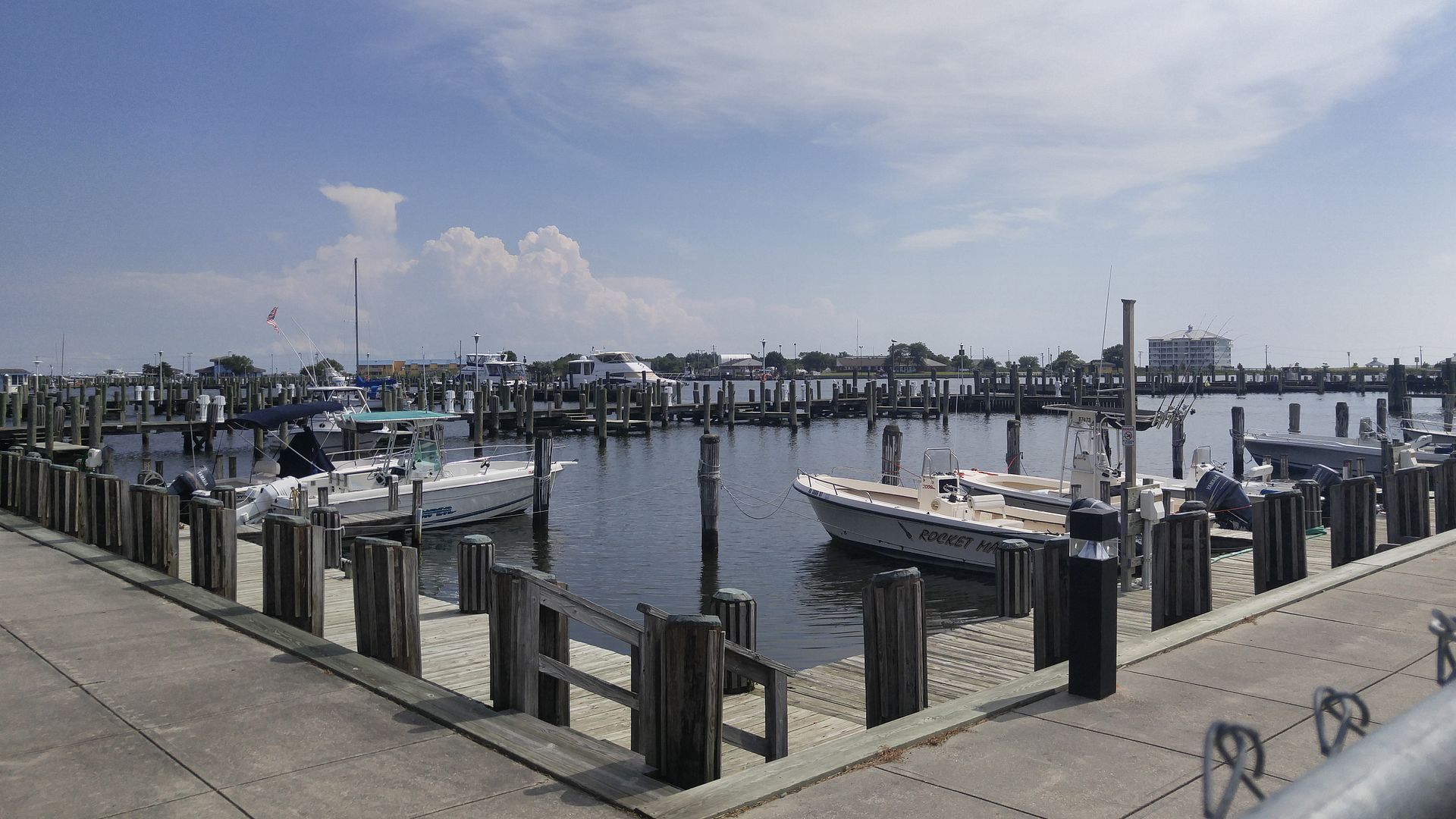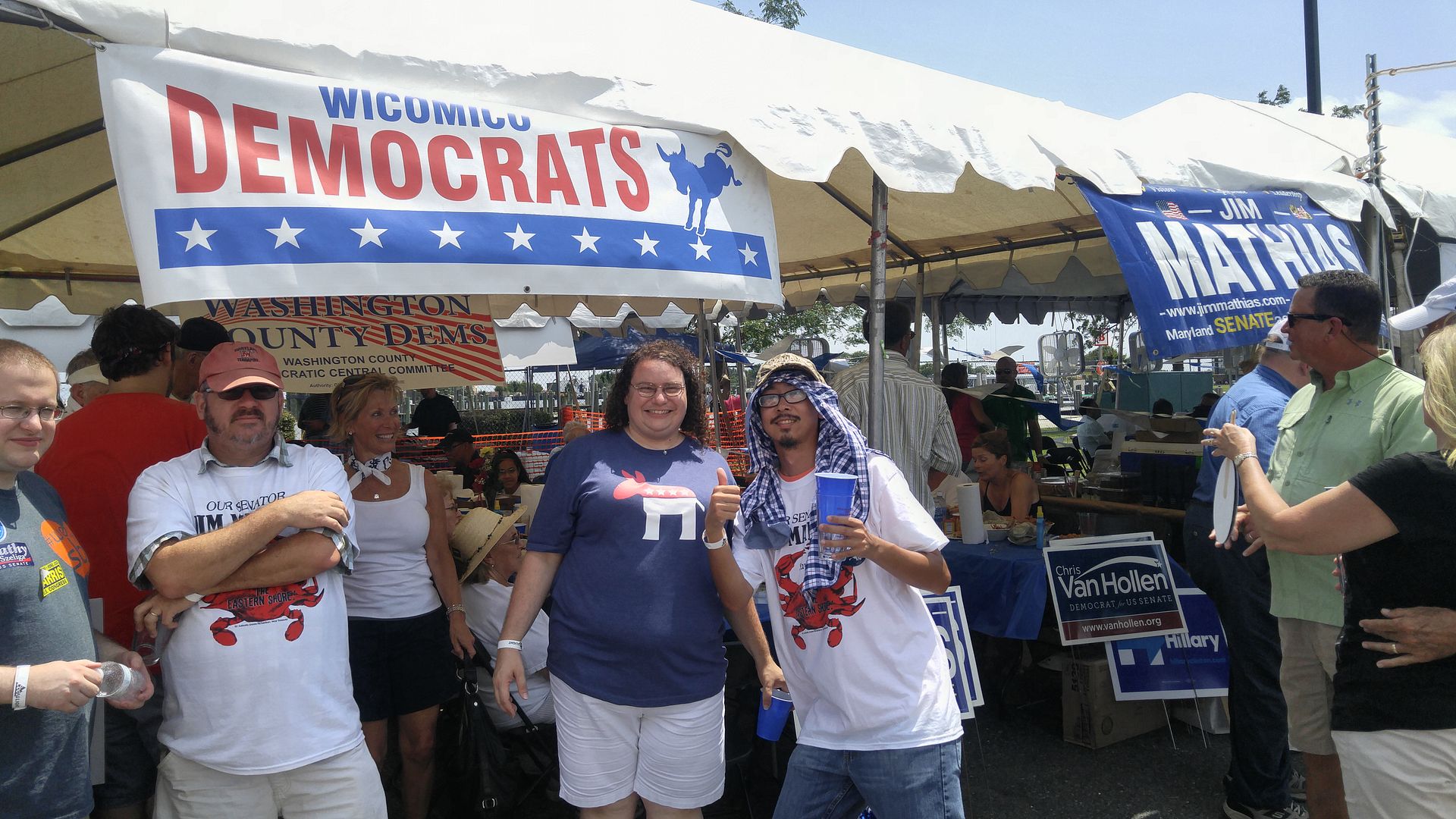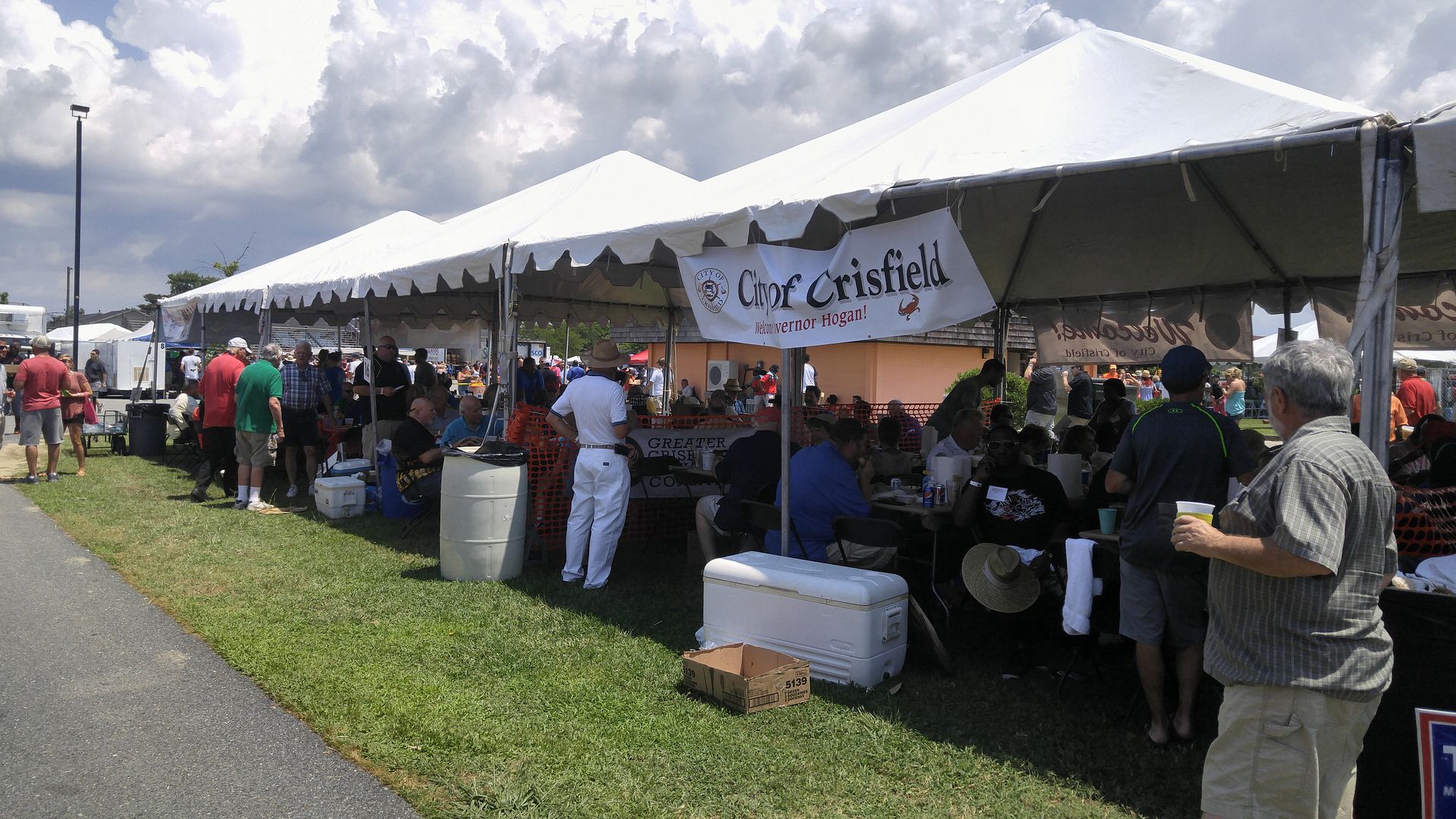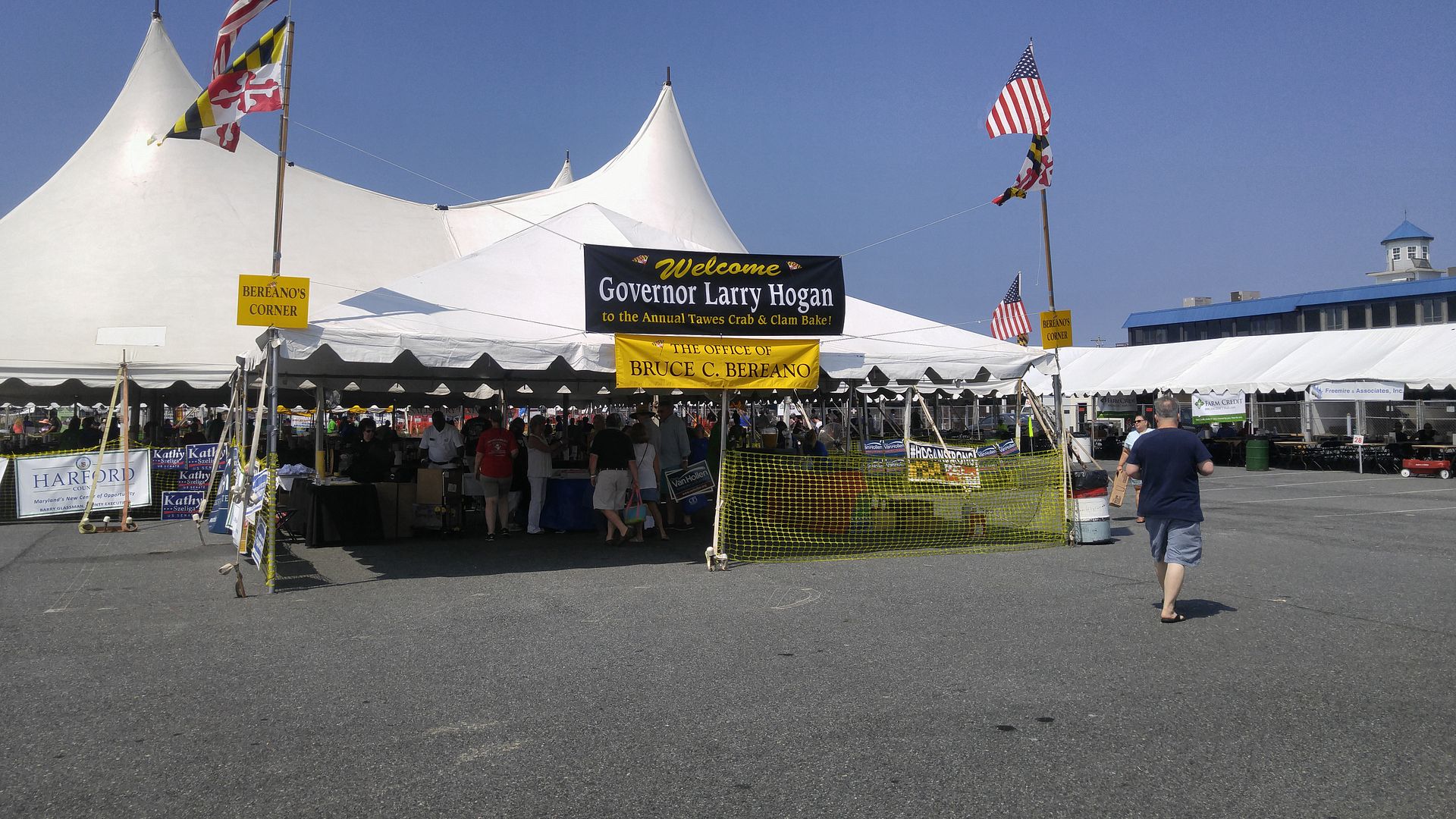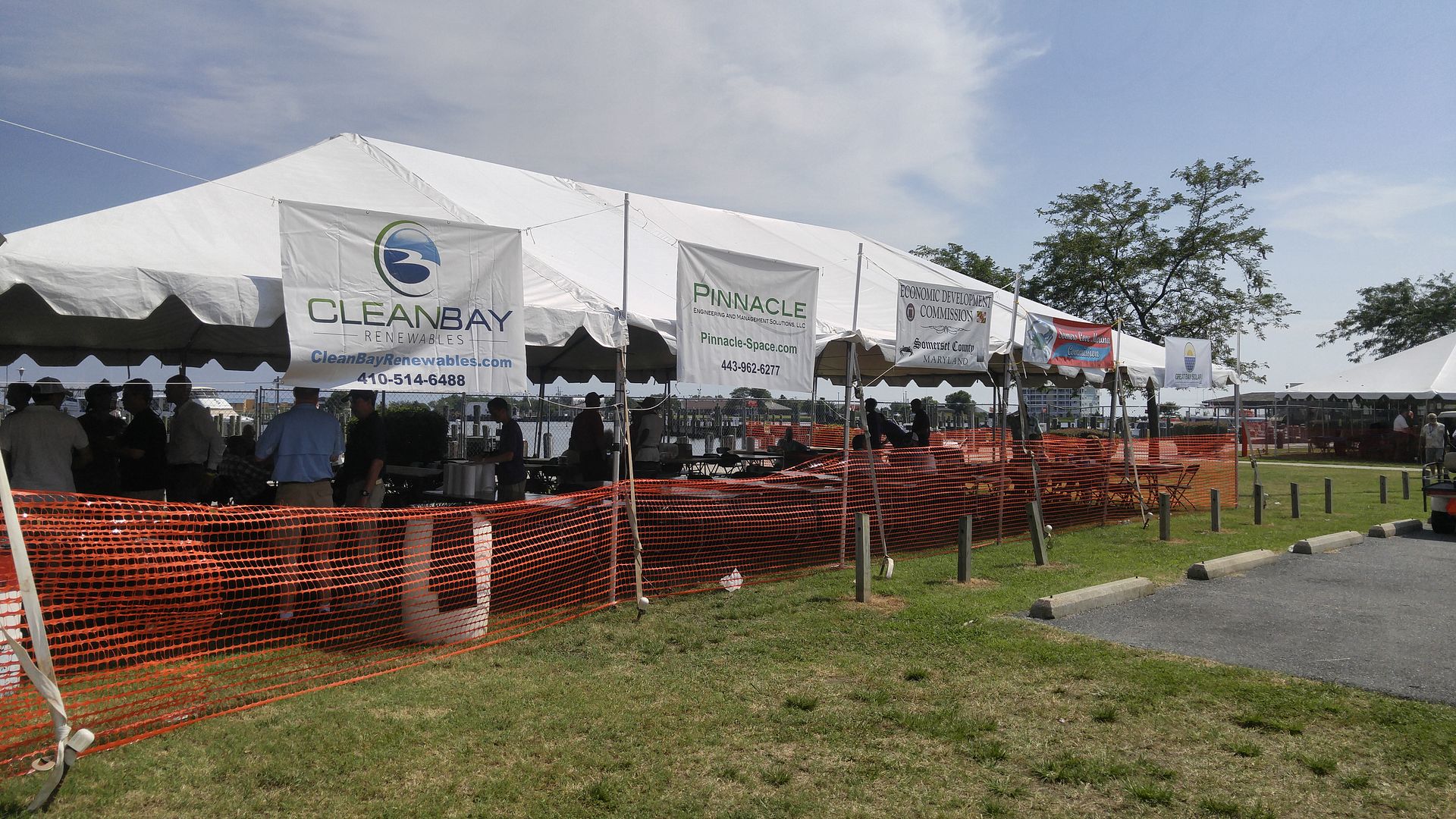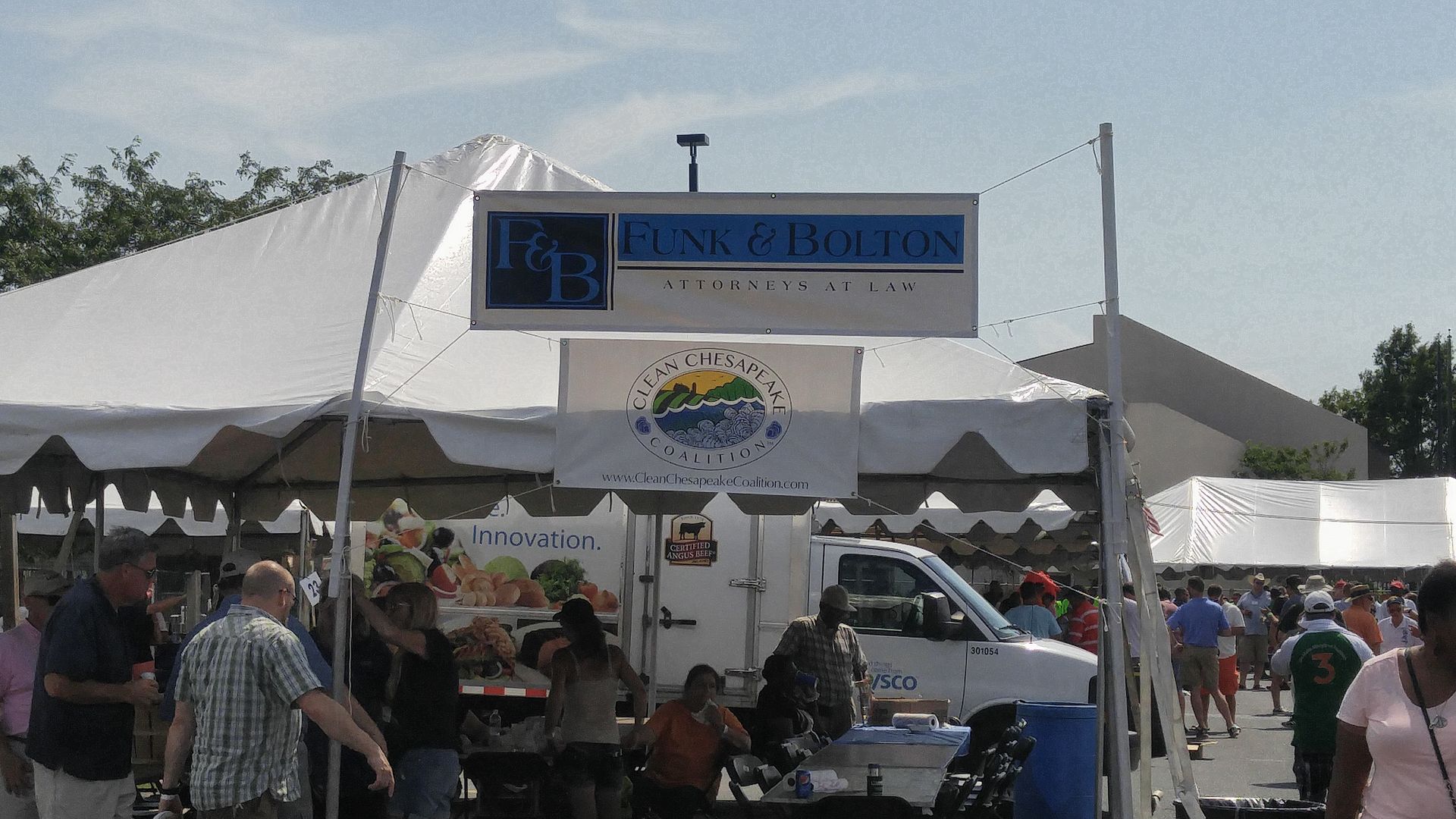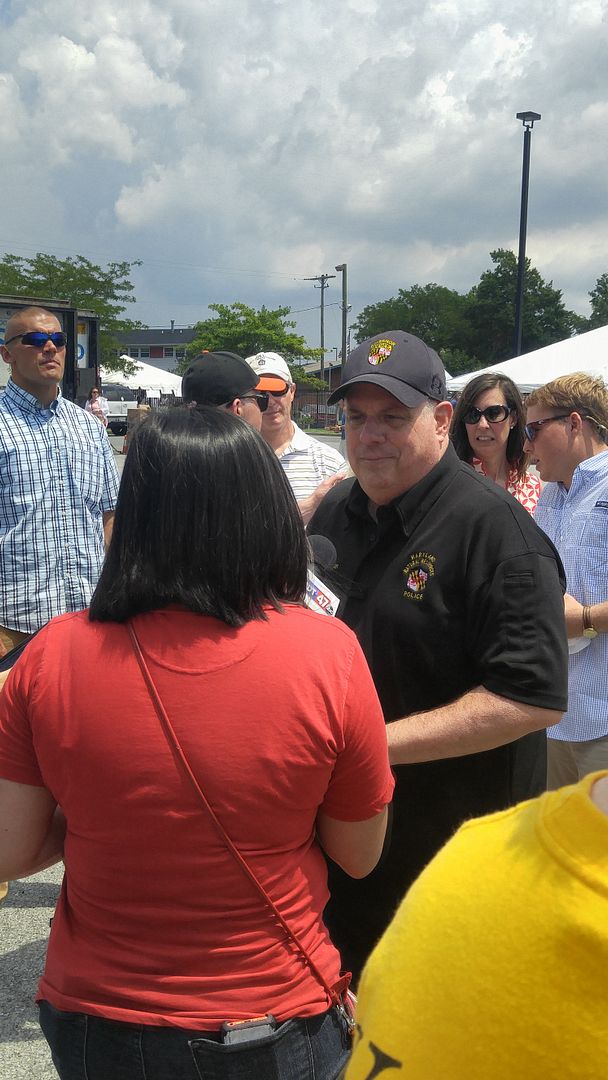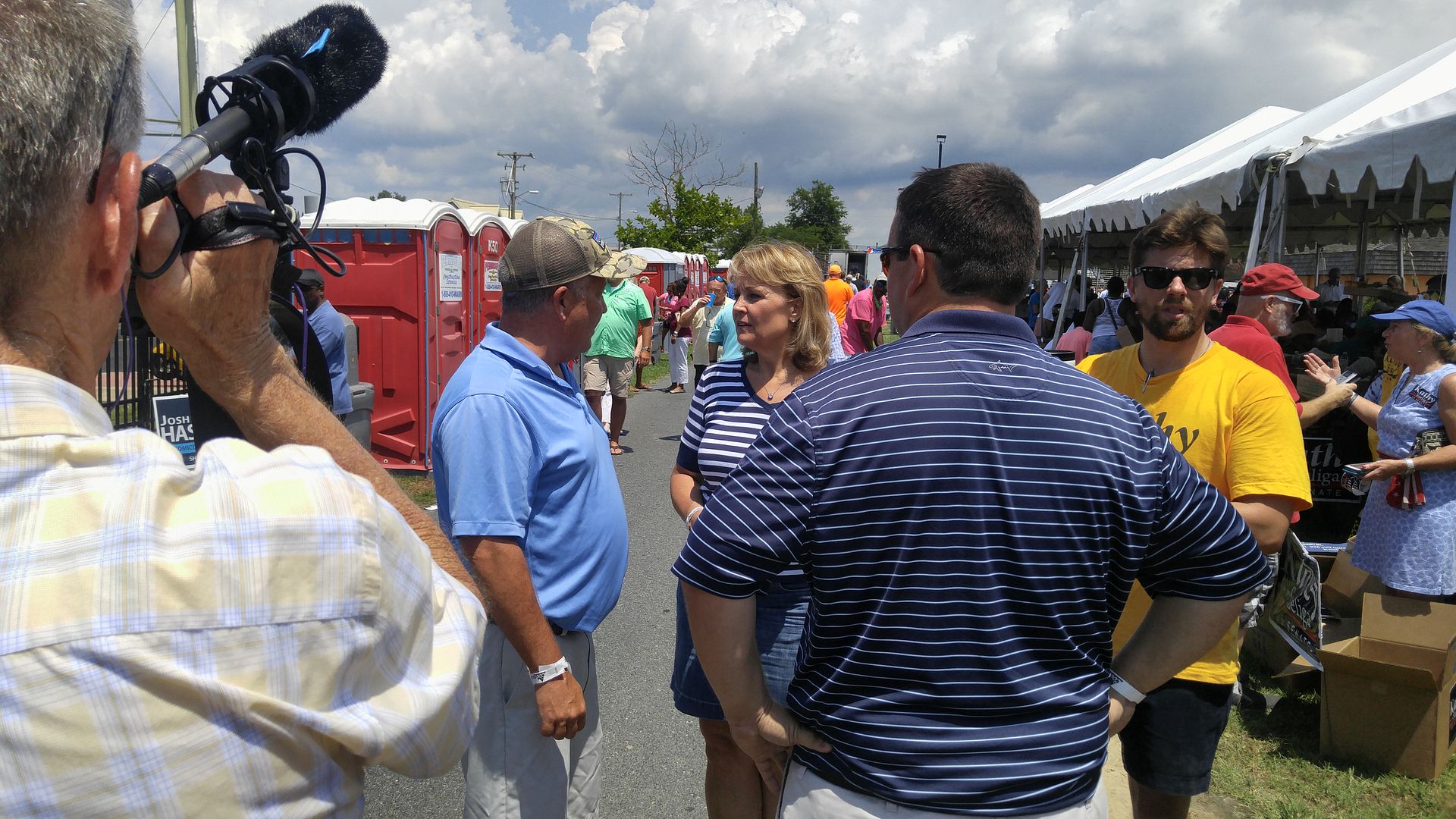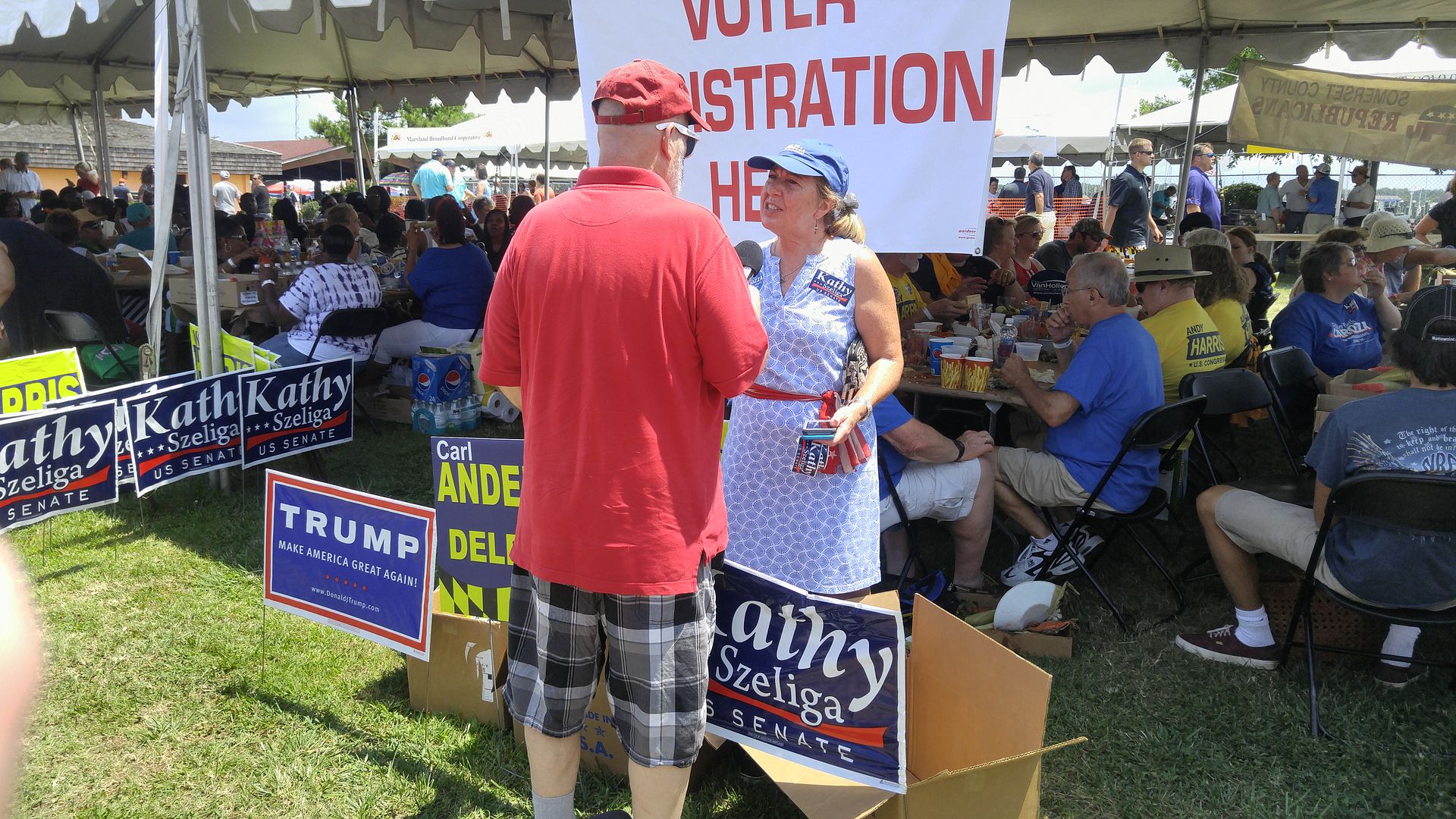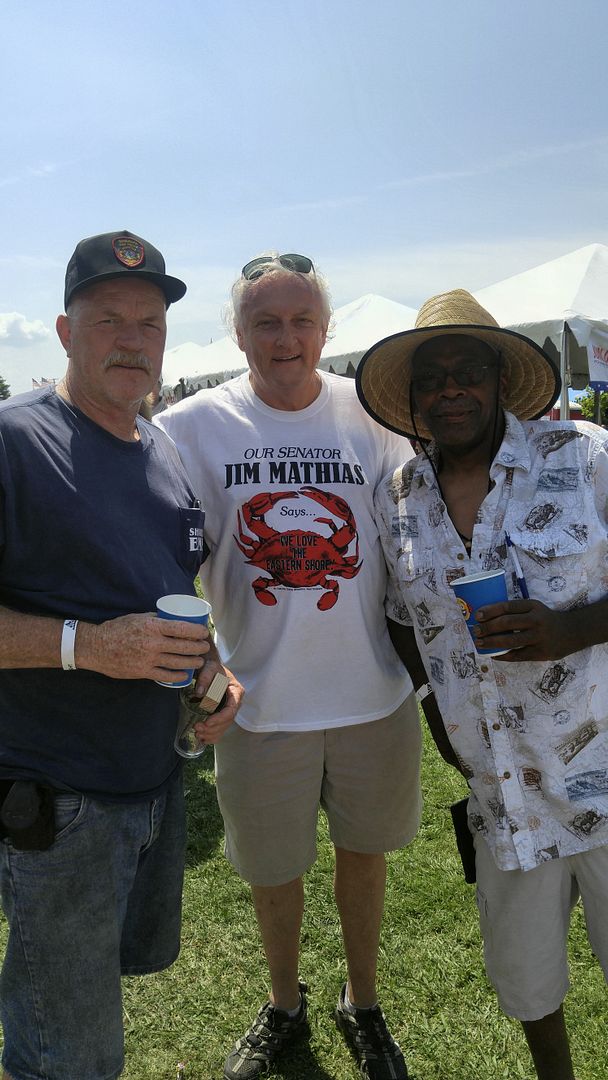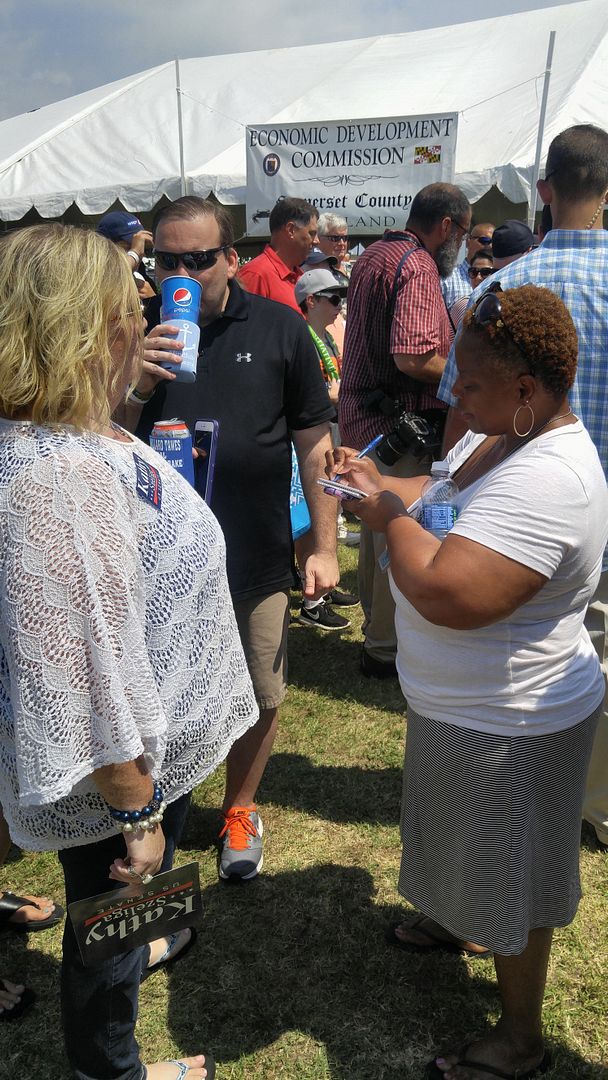Once again, I will caution readers that the reason I never had a big desire to run for high political office was that I hate asking strangers for money. But I was alerted to an investigation into the financial windfall a company servicing GOP Congressional candidate Kim Klacik received.
Granted, this investigation was done by the Washington Post, and they’re not going to shine a favorable light on any Republican, especially an overtly Trump-supporting minority GOP member like Klacik. But I’ll play along because it leads to another point.
As you may recall from last summer, Klacik became the “it girl” among Republican House candidates thanks to a viral ad she had shot on location in the slums of Baltimore, blaming the decades of Democrat leadership for the decrepit and hopeless conditions. It was a turn of Donald Trump’s “what the hell do you have to lose?” question to black voters, which make up the majority in Klacik’s district thanks to much of it being in Baltimore City.
Yet according to the Post:
By the end of Klacik’s campaign, she would raise a staggering $8.3 million and pay nearly $3.7 million of it to Olympic Media, according to campaign finance filings and her campaign manager. Klacik, now a frequent Fox News and Newsmax commentator, lost to Mfume in Maryland’s 7th Congressional District by more than 40 percentage points.
“Donors gave a House candidate more than $8 million. A single firm took nearly half of it.” Meagan Flynn and Michael Scherer, Washington Post, March 2, 2021.
The fact that she raised $8.3 million for the race based on a viral ad may be scary enough, but then considering nearly half of it went to a consultant made it worse. This reaches back to a subject for which I sometimes kick myself for not devoting more pages to it in The Rise and Fall of the TEA Party and that is the effect of scam PACs, particularly in the later years of the movement. This comes from the chapter of my book called “The TEA Party Is Dead”:
The incessant fundraising off TEA Party regulars, who skewed heavily toward those 60 and over and who had the disposable income to use for political causes, made consultants – a group of characters who often countered that doing mass e-mail appeals wasn’t as cheap as those on the outside of the business thought – fabulously wealthy for next to no effort, while achieving little to assist actual candidates who could have used the funds if they were given directly. Oftentimes less than 10% of the money raised by a PAC would go toward candidates, with much larger amounts used to pay for more fundraising.
The Rise and Fall of the TEA Party, p.129.
I gave the subject about a page and a half, but in retrospect it probably deserved at least twice as much. This is particularly true because Klacik, as revealed in the Post story, is another failed candidate who has began a PAC of her own, called the Red Renaissance PAC. (Just like Lauren Witzke here in Delaware.) So she will be yet another grifter taking her cut instead of moving the money where it belongs, and I think that greed is what stunted the growth of the TEA Party. Imagine if that scam PAC money had instead assisted local candidates, who may have won races they lost had they had the additional funding that instead found its way into some consultant’s bank account. Instead of paying for 100 yard signs, donors to scam PACs paid for Mr. Consultant’s yard work to be done.
There was another reason this came to mind: many Delaware school districts have at least one seat on their board of education coming up for election this spring. In my little school district, the one open seat has attracted four candidates as the incumbent decided to forgo another term. What do you think a couple dozen people of like mind donating $100 apiece could do to a candidate in a race like this where winners seldom spend more than a few thousand dollars as opposed to a Congressional election where that group of 24 is outspent by some corporate PAC that donates the maximum?
I’ve said this before and I’ll say it again: if you want to donate to a candidate, skip the middleman of a PAC and send it directly. (Or, even better, be a volunteer for them.) It will do the most good for the people who really need it.


